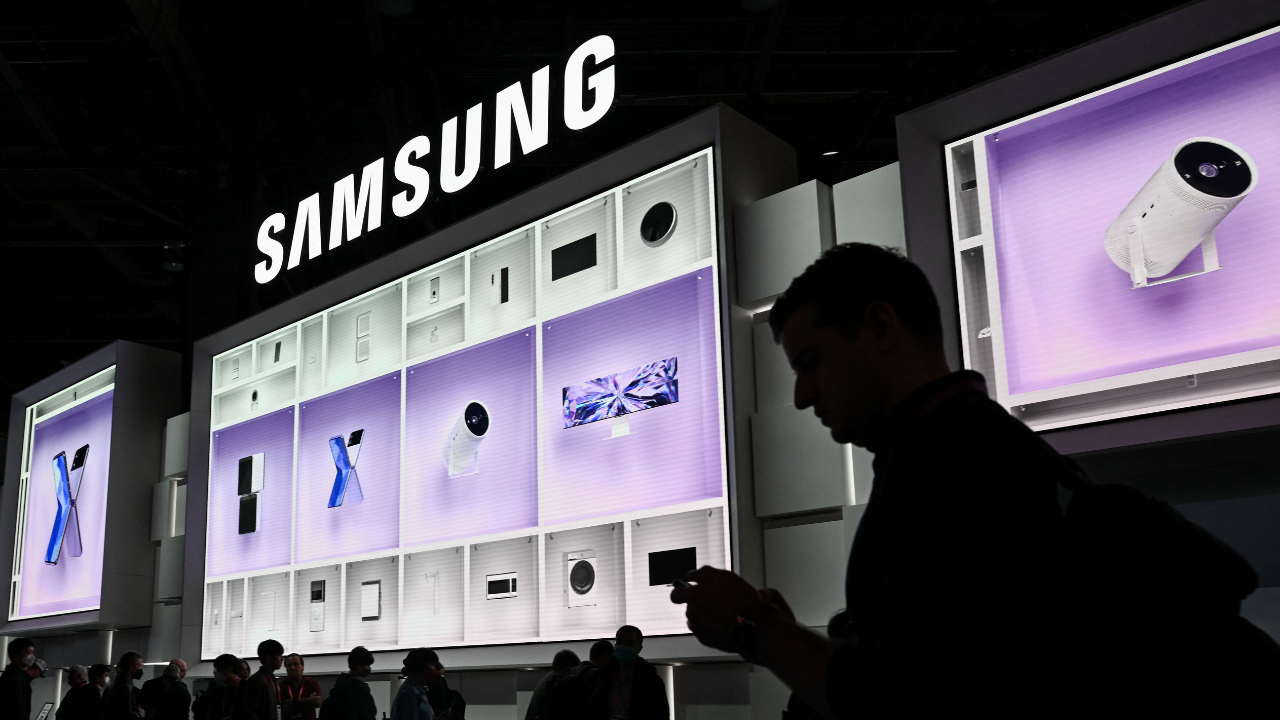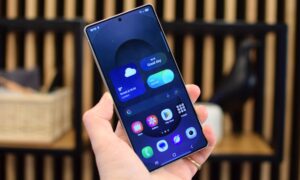Samsung Health Monitor App to Drop Support for Android 11 and Older Versions
Samsung has announced that its Health Monitor app will stop working on Galaxy smartphones running Android 11 or older starting December 23, 2024. The upcoming version of the app, 1.4.1, will only be compatible with devices running Android 12 and newer. This change impacts users who rely on the app for tracking essential health features such as blood pressure monitoring and ECG (electrocardiogram) readings, especially when paired with a Galaxy Watch.
Key Details of the Update:
- Update Notification: The current app version (1.3.6.001) already includes a notification alerting users about the upcoming change. While this version will continue to function on Android 11 or older devices, no new updates or features will be rolled out for them.
- Full Functionality on Newer Android Versions: Users who wish to access the full range of features and receive future updates must upgrade their phones to at least Android 12.
Why Samsung is Ending Support for Older Android Versions
The decision to end support for Android 11 and earlier versions indicates Samsung’s focus on enhancing app performance and security. By limiting the app’s compatibility to newer Android versions, Samsung ensures that the Health Monitor app can leverage improved hardware capabilities and the latest software optimizations. This move also aligns with the company’s strategy to encourage users to update their devices to enjoy a better and more secure experience.
User Recommendations:
- Upgrade Your Device: If you own a Galaxy phone running on Android 11 or older, consider updating your device to continue using all the features of the Samsung Health Monitor app.
- Update Your Galaxy Watch: For a seamless experience, also ensure your Galaxy Watch is running the latest software version.
- Limited Features on Older Devices: Users who cannot update their devices will still be able to use the app, but with restricted features and no future updates or support.
Android 15 Introduces Adaptive Refresh Rate for Battery Efficiency
Alongside the news about the Samsung Health Monitor app, Android 15 is set to introduce a significant feature enhancement: Adaptive Refresh Rate (ARR). This new capability allows smartphones to automatically adjust the screen’s refresh rate based on the content being displayed, improving battery life and overall performance.
How Adaptive Refresh Rate Works:
- Dynamic Adjustments: Unlike previous versions that only switched between fixed refresh rates (like 60Hz, 90Hz, or 120Hz), Android 15’s ARR can smoothly adjust the refresh rate in real time. This means the display can lower its refresh rate during tasks that don’t require high performance, such as reading text, and increase it during activities that benefit from smoother visuals, like gaming or scrolling.
- Reduced Battery Consumption: By dynamically adjusting the refresh rate, ARR helps reduce battery drain, extending the overall usage time of the device.
- Enhanced Viewing Experience: The feature also minimizes display “jank,” the stuttering or lag caused by switching between different fixed refresh rates. This leads to a smoother and more fluid experience, especially when watching videos or scrolling through apps.
Compatibility and Limitations of Adaptive Refresh Rate
Not all devices will support the Adaptive Refresh Rate feature in Android 15. To use ARR, smartphones must have the latest display software (HWC HAL version 3), which might not be available on older models. Devices like the Google Pixel 7 and newer phones featuring the Snapdragon 8 Elite chip are already equipped to handle this technology.
Potential Benefits:
- Better Battery Management: Phones with high refresh-rate displays, such as those using LTPO (Low-Temperature Polycrystalline Oxide) technology, can benefit the most from ARR. These screens can reduce their refresh rate to as low as 1Hz, saving significant power when high refresh rates are unnecessary.
- Improved Video Playback: ARR helps address issues like fixed refresh rates sticking to 60Hz, even when watching videos shot at lower frame rates (e.g., 24Hz or 30Hz), leading to smoother video playback and reduced power usage.
Limitations:
- Not a Full Variable Refresh Rate (VRR): Although ARR improves the display’s responsiveness and efficiency, it does not offer the full flexibility of Variable Refresh Rate (VRR) found in PC monitors, which can adjust to a wider range of frame rates for a more consistent experience across various content.
Conclusion
Samsung’s decision to end support for older Android versions in its Health Monitor app is a strategic move to ensure better performance, enhanced features, and increased security for its users. Meanwhile, Android 15’s introduction of Adaptive Refresh Rate marks a significant step forward in smartphone display technology, promising smoother visuals and better battery management.
For Samsung Galaxy users, this update cycle highlights the importance of keeping devices and software up to date to enjoy the latest features and improvements in performance. Upgrading your phone to a newer version not only enhances your experience with apps like Samsung Health Monitor but also prepares your device for future innovations like Adaptive Refresh Rate, optimizing both health tracking and overall user experience.






